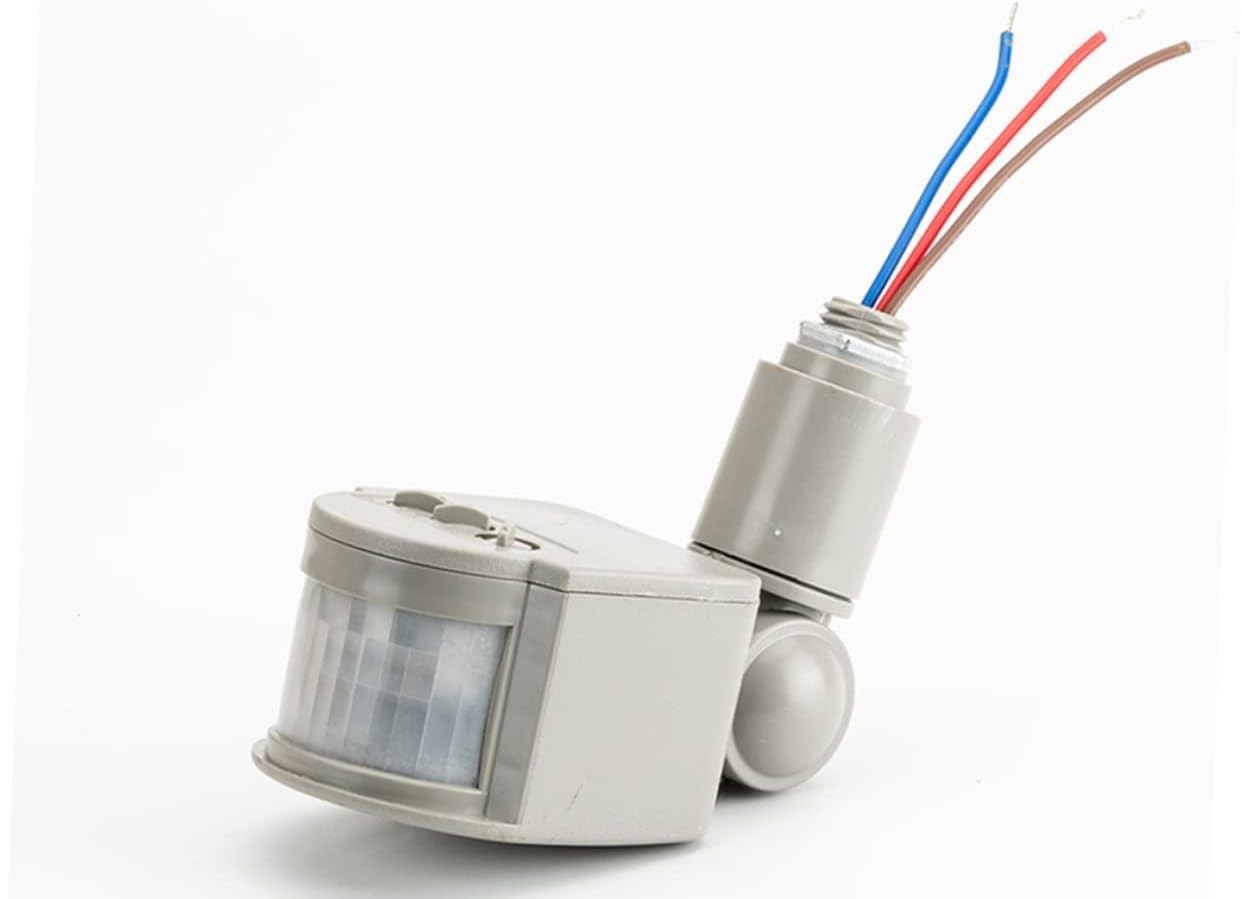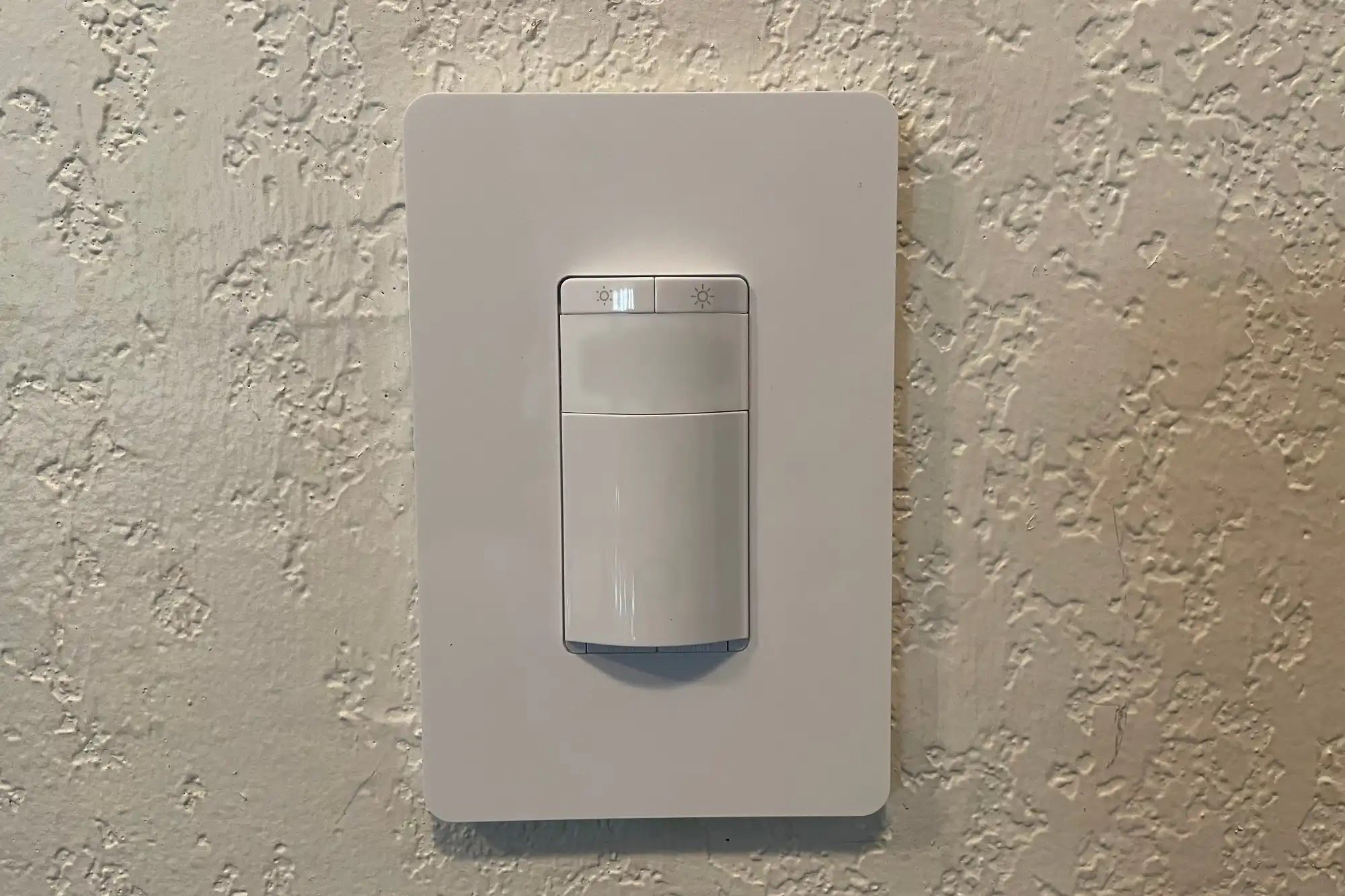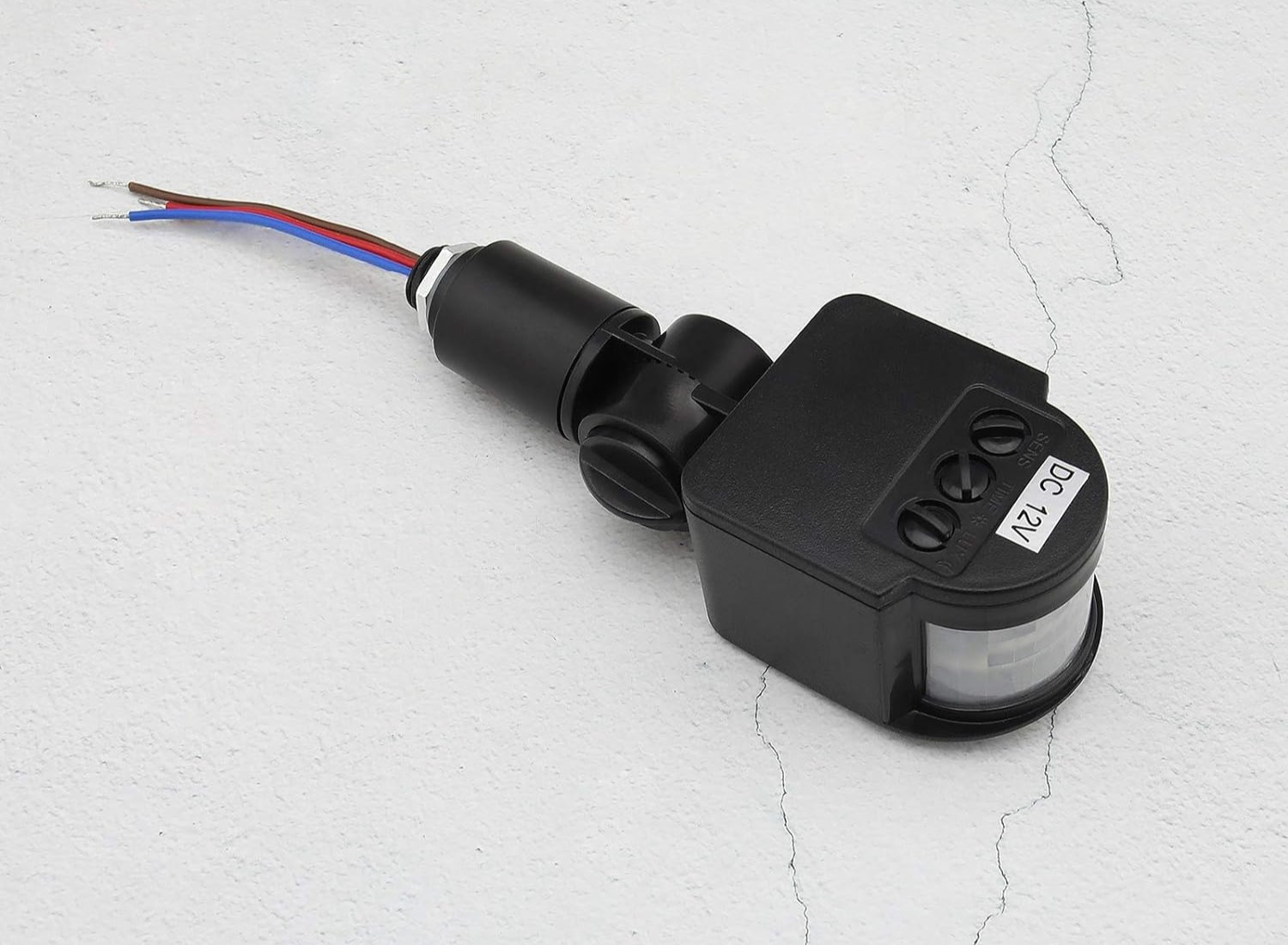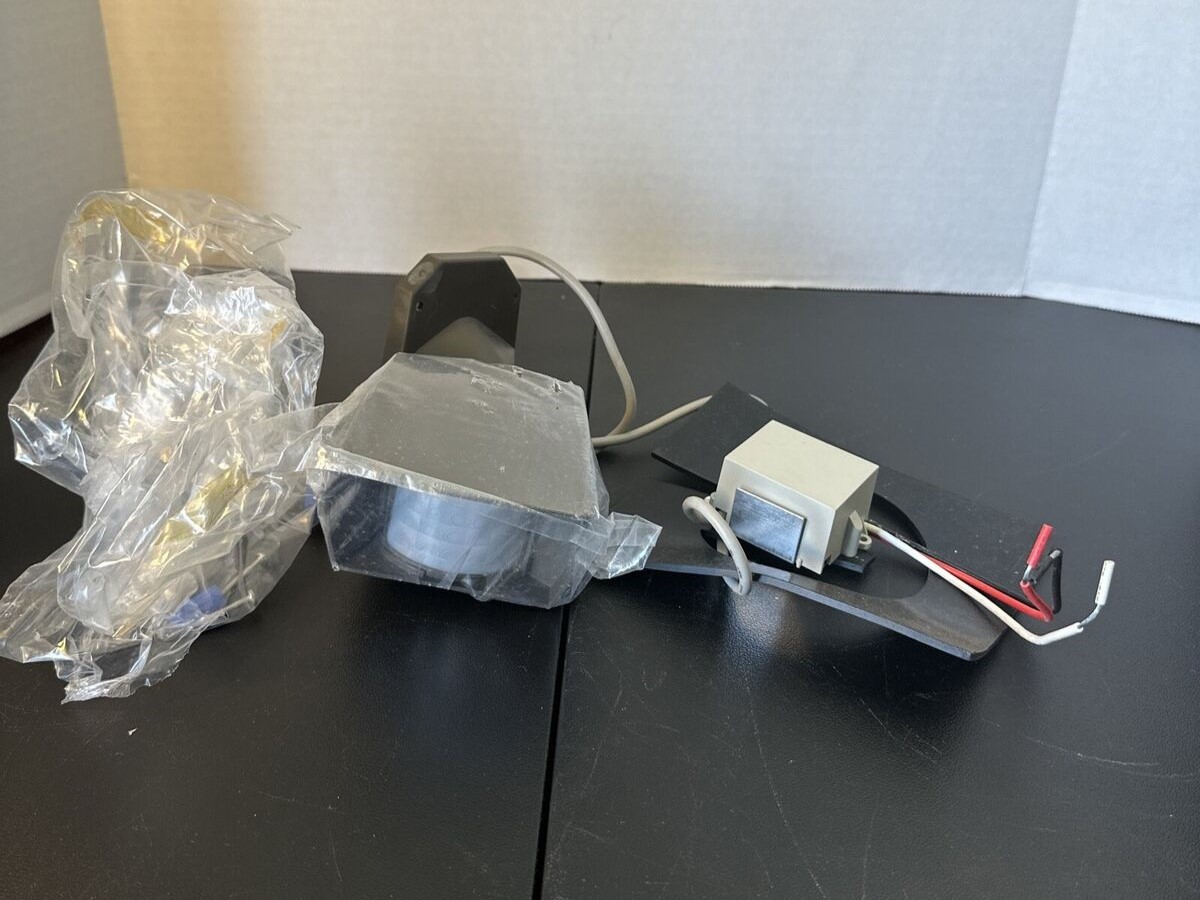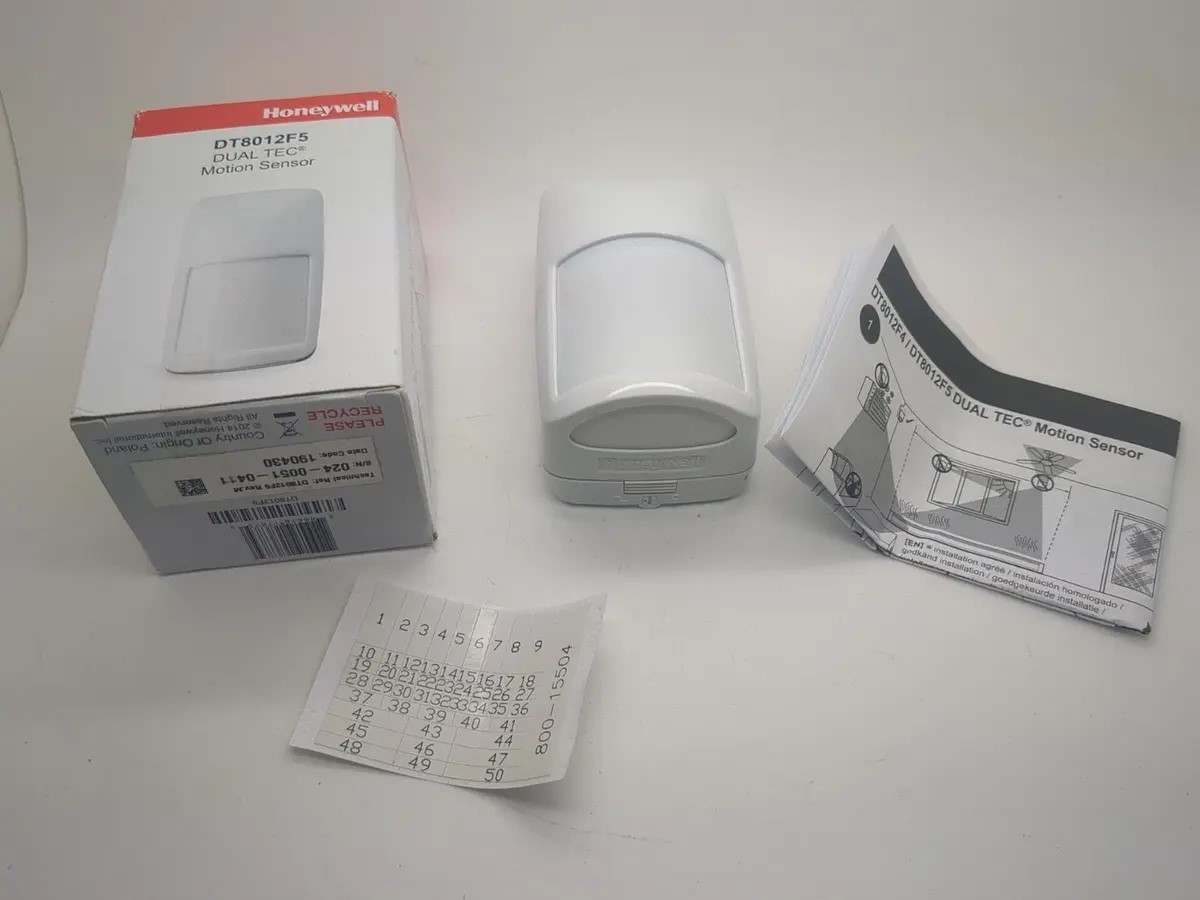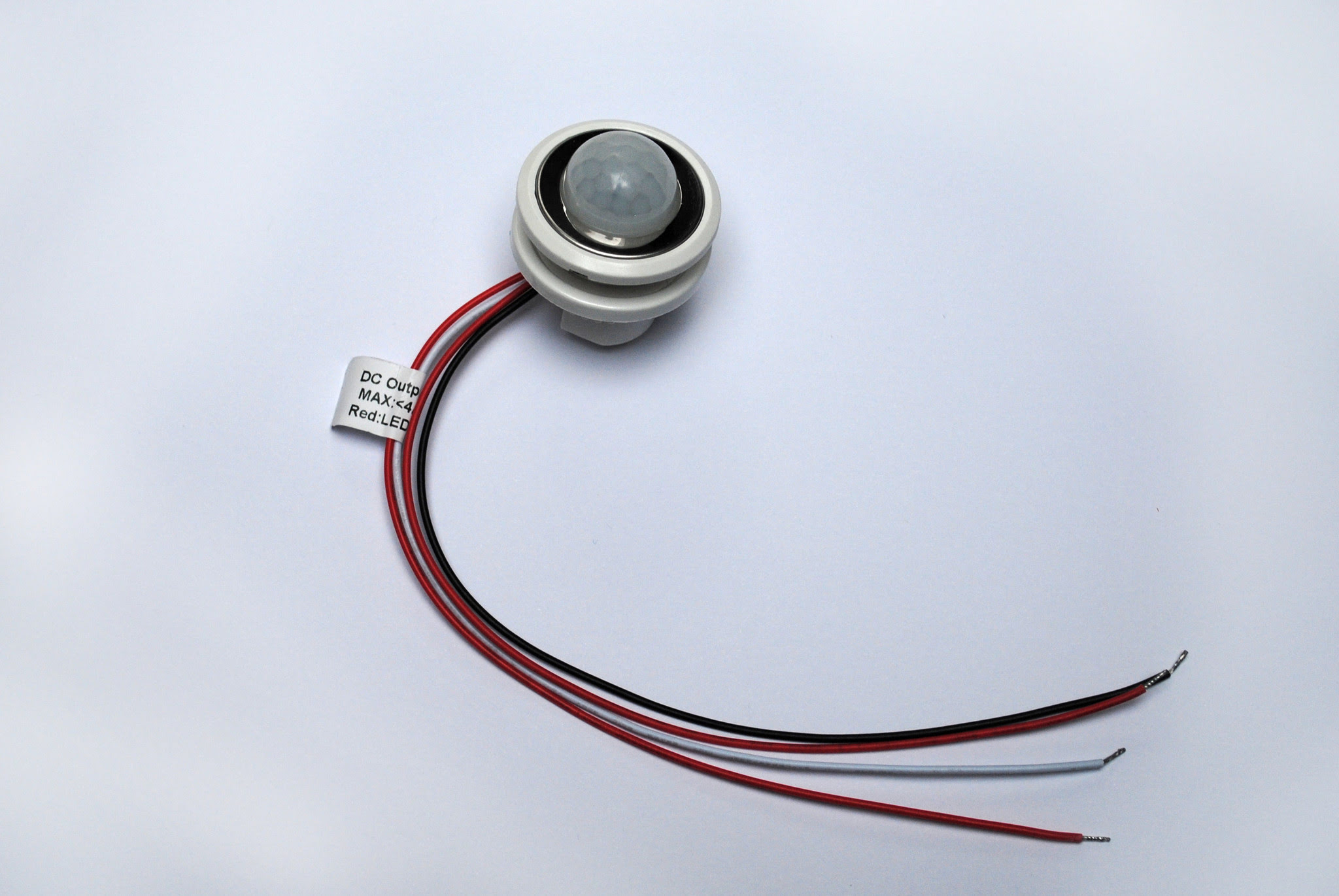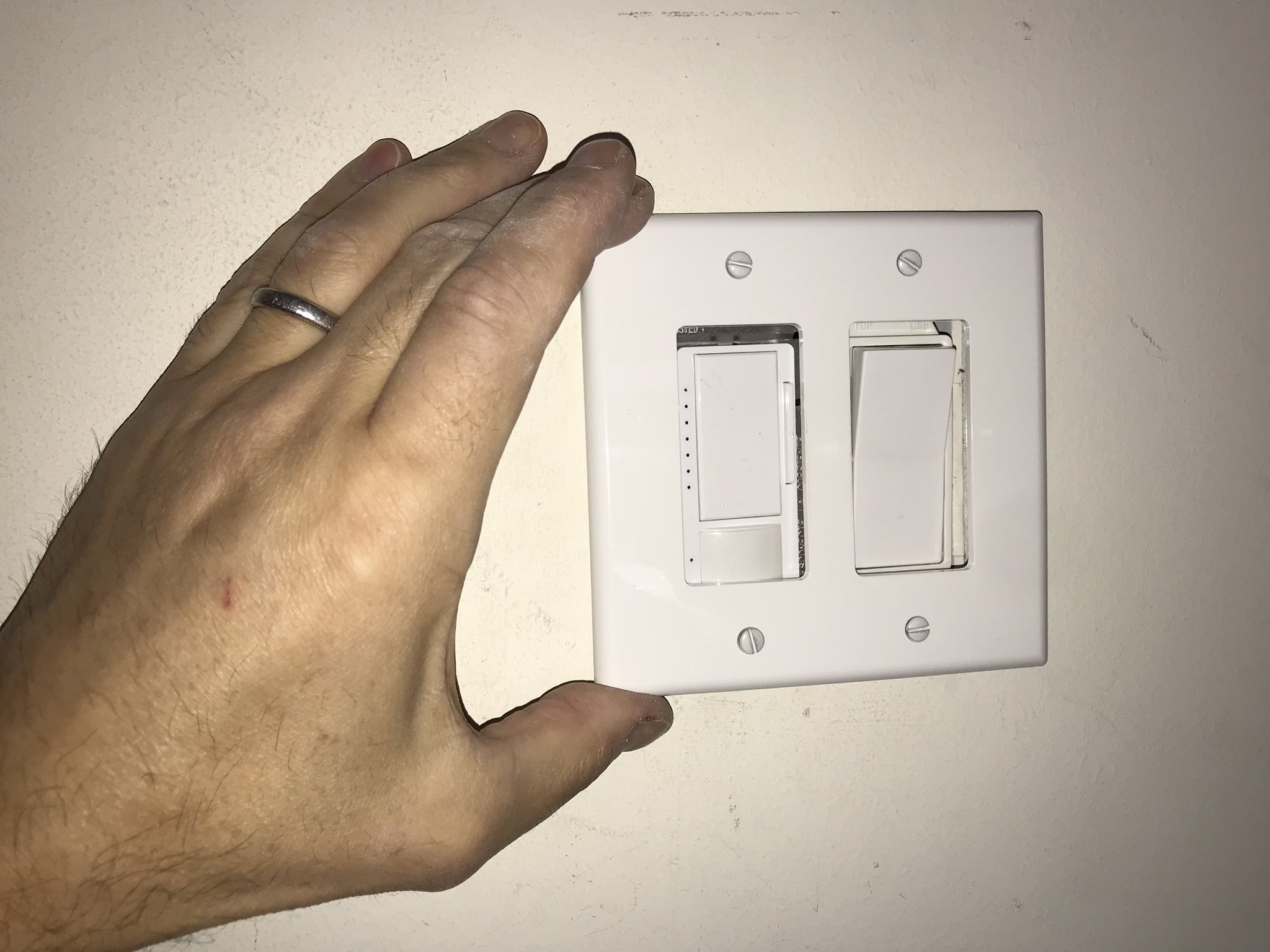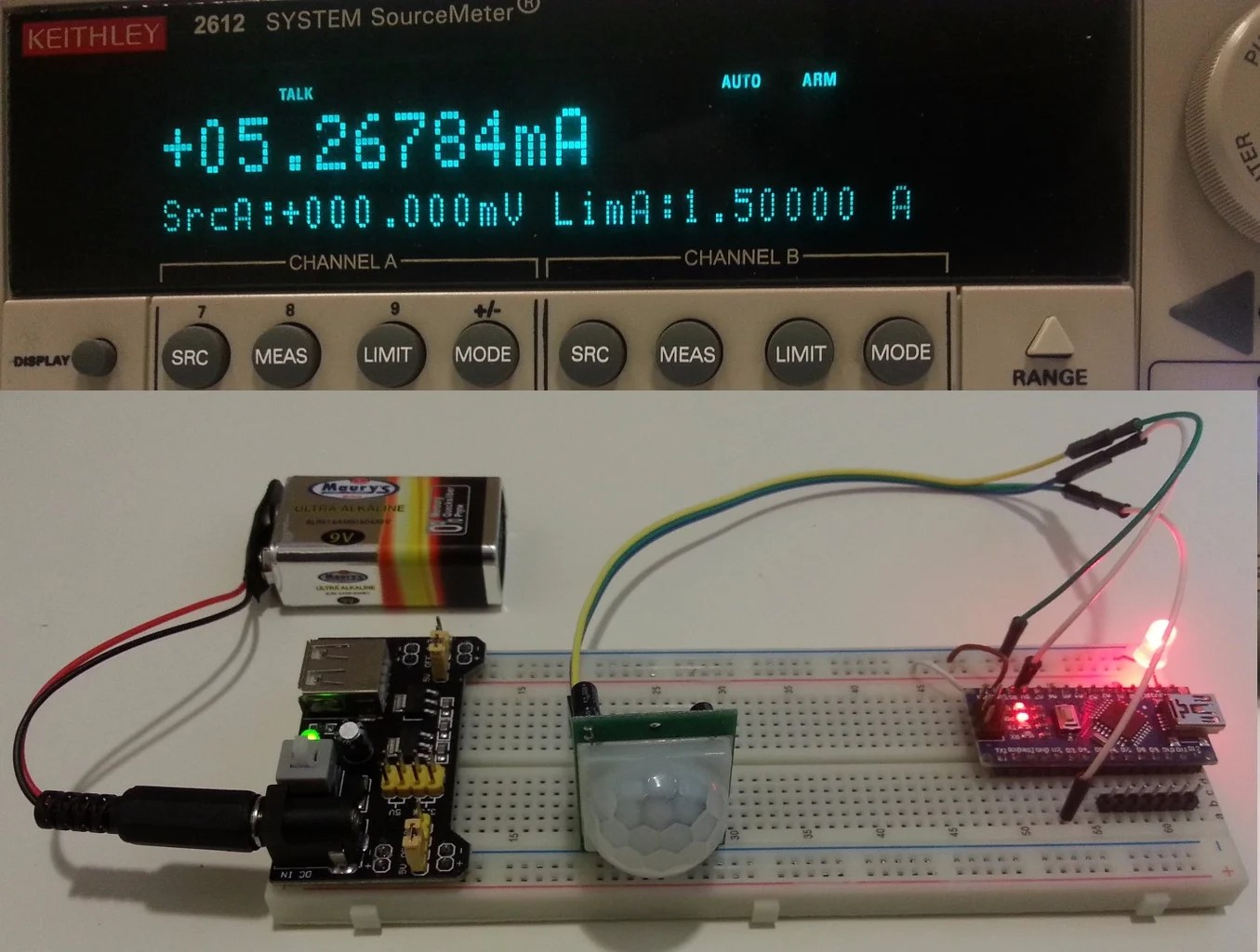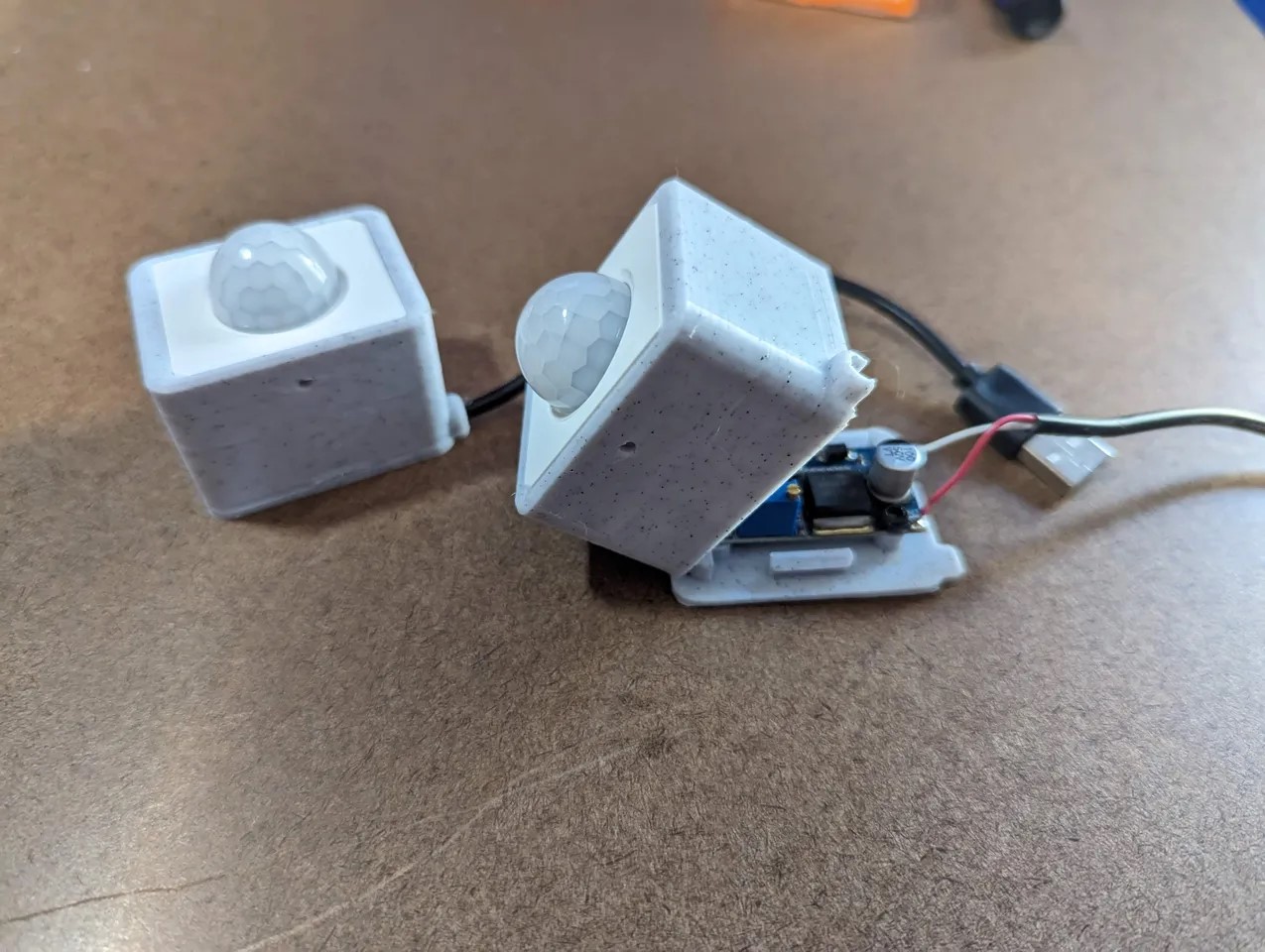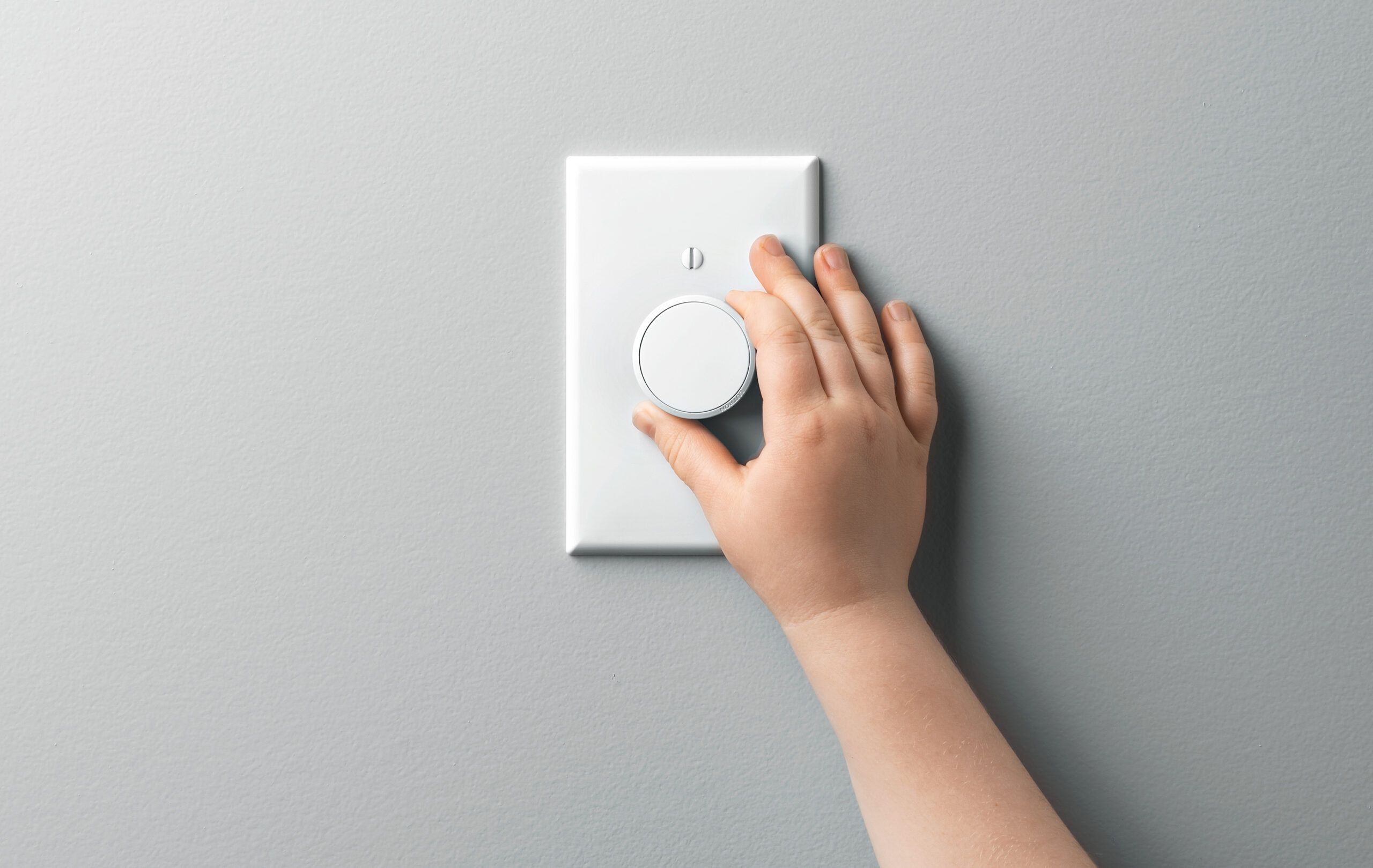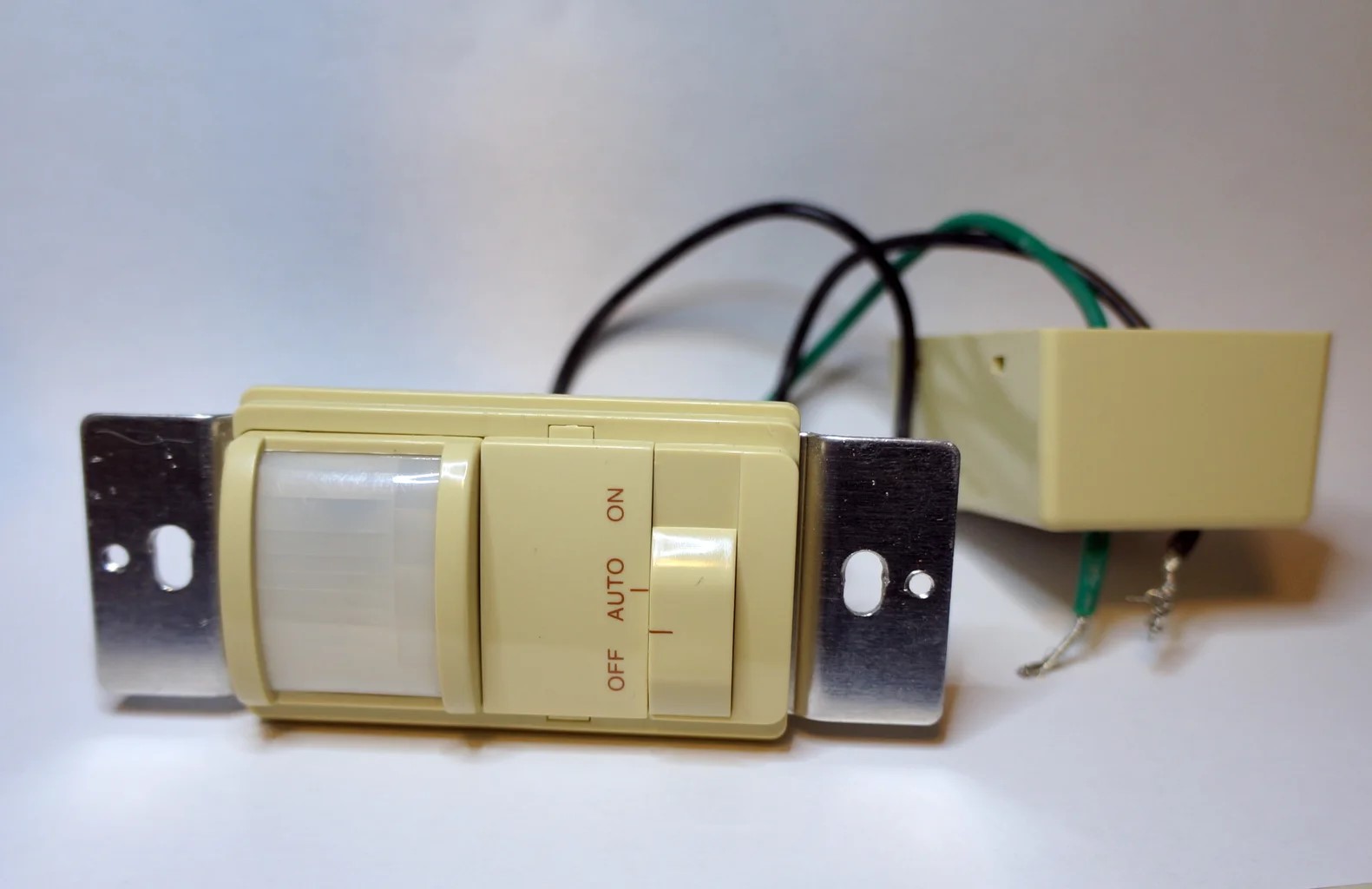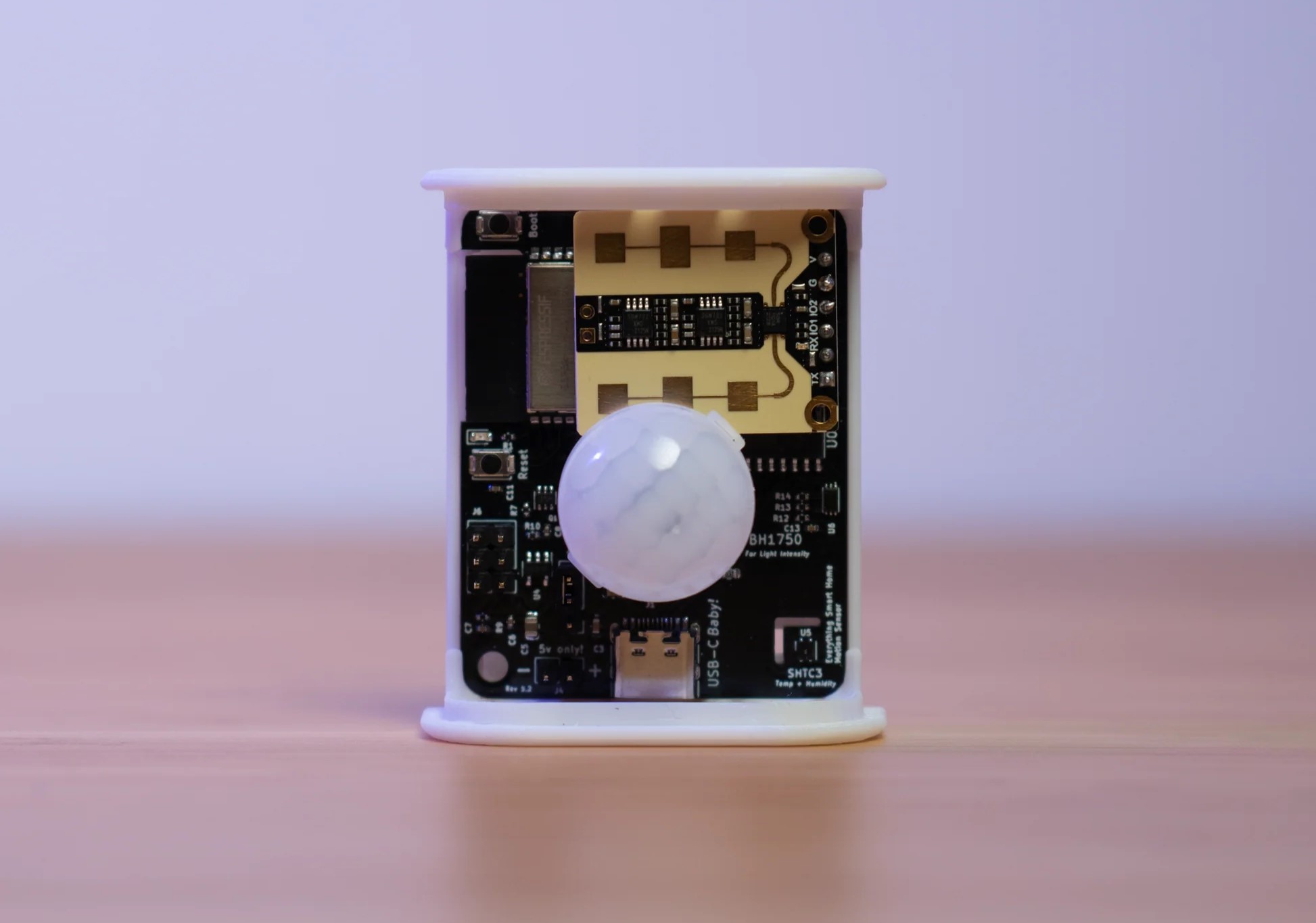Home>Home Security and Surveillance>How To Wire Motion Detector Switches At The Top And Bottom Of A Staircase
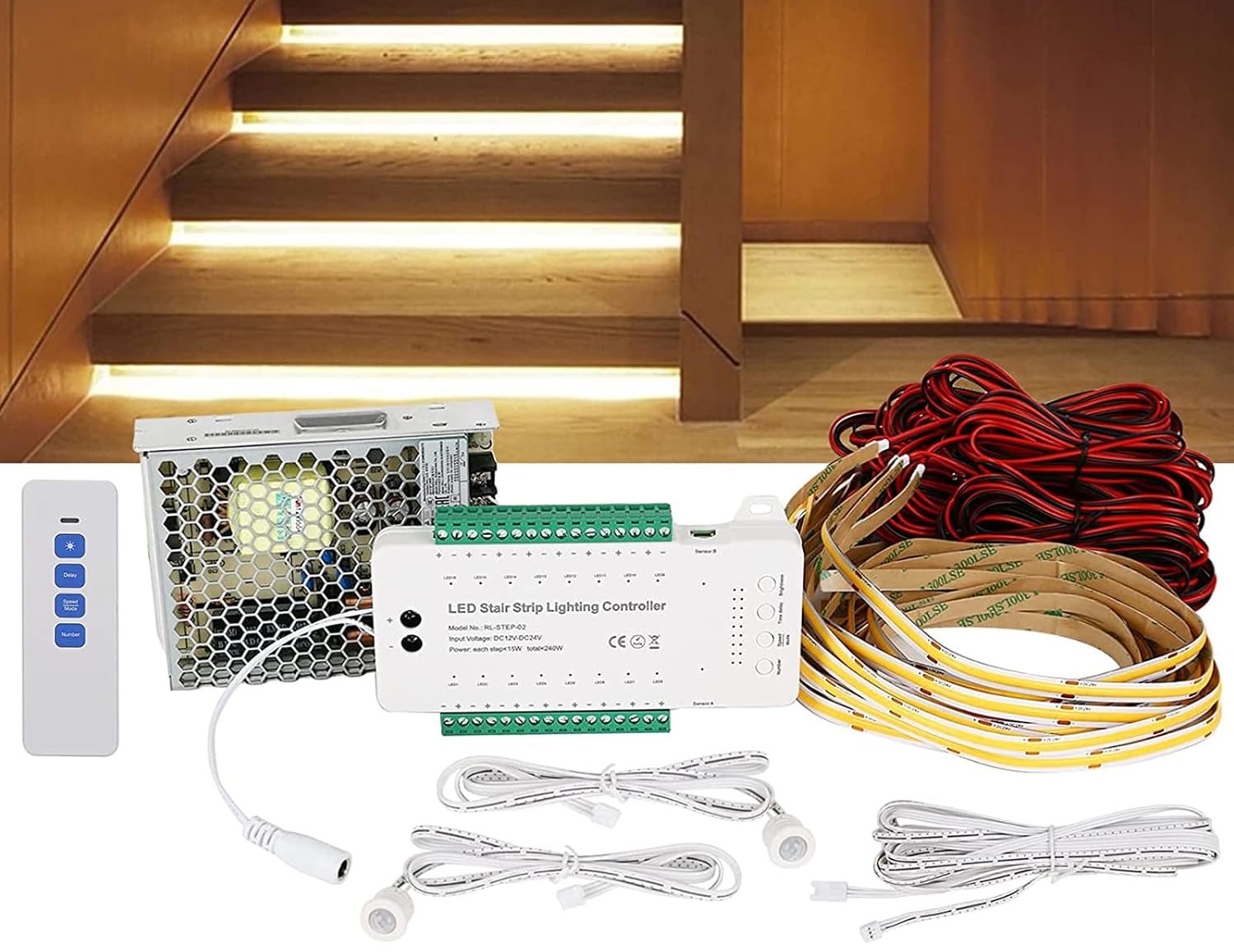

Home Security and Surveillance
How To Wire Motion Detector Switches At The Top And Bottom Of A Staircase
Modified: March 6, 2024
Learn how to wire motion detector switches for home security and surveillance at the top and bottom of your staircase with step-by-step instructions and diagrams.
(Many of the links in this article redirect to a specific reviewed product. Your purchase of these products through affiliate links helps to generate commission for Storables.com, at no extra cost. Learn more)
Introduction
Welcome to the world of home security and surveillance, where peace of mind and protection are just a flick of a switch away. In today’s uncertain times, ensuring the safety of our homes and loved ones has become a top priority for many homeowners. With the advancements in technology, home security systems have evolved to include motion detector switches that can be strategically placed around your property to detect any unauthorized activity.
Motion detector switches are a valuable addition to any home security setup, especially when it comes to staircases. Stairways often serve as a vulnerable access point for intruders, making it crucial to have adequate lighting and surveillance in place. By installing motion detector switches at the top and bottom of your staircase, you can enjoy enhanced security while saving energy and keeping your home environment efficient.
In this comprehensive guide, we will walk you through the process of wiring motion detector switches at the top and bottom of a staircase. Whether you’re a seasoned DIY enthusiast or a beginner looking to embark on your first home improvement project, this article will provide you with the knowledge and skills to successfully install motion detector switches in your home.
But before we dive into the technicalities, let’s first understand how motion detector switches work and why they are an invaluable asset for your home security system.
Key Takeaways:
- Enhance home security and save energy by installing motion detector switches at the top and bottom of your staircase. These switches automatically illuminate the area when motion is detected, deterring intruders and providing safe passage.
- Ensure a smooth installation process by planning the wiring, gathering necessary tools, and prioritizing safety. Test and troubleshoot the switches to maximize their effectiveness in enhancing home security.
Understanding Motion Detector Switches
Motion detector switches, also known as occupancy sensors or motion sensors, are devices that detect motion within their range and activate an electrical circuit. These switches use various technologies such as infrared, ultrasonic, and dual-technology to sense movement and trigger the connected lighting or security system.
When it comes to home security, motion detector switches are an essential component. They provide an added layer of protection by automatically illuminating the area when motion is detected, making it difficult for intruders to approach undetected. Not only do they enhance security, but they also offer convenience and energy efficiency by ensuring that lights are only activated when needed.
Motion detector switches come in different types, including wall-mounted switches, ceiling-mounted switches, and those specifically designed for staircases. Staircase motion detector switches are unique as they are designed to detect movement on the stairs and activate the lights accordingly, providing safe passage and reducing the risk of accidents.
It’s important to note that motion detector switches are not limited to just security purposes. They have a wide range of applications in residential and commercial settings. In homes, they can be used to automate lighting in rooms, basements, or garages, ensuring that lights are automatically turned off when no activity is detected. In commercial spaces, they can be utilized to control lighting in hallways, conference rooms, and restrooms, optimizing energy usage and reducing electricity costs.
Now that we have a basic understanding of motion detector switches and their benefits, let’s move on to planning the wiring for motion detector switches at the top and bottom of a staircase.
Planning the Wiring for Motion Detector Switches
Before diving into the actual installation process, it is essential to plan the wiring for your motion detector switches. This step will ensure that the installation is efficient, organized, and complies with electrical safety standards. Here are some key factors to consider when planning the wiring:
- Positioning: Determine the ideal placement for your motion detector switches at the top and bottom of the staircase. Consider factors such as maximum coverage area, proximity to power sources, and accessibility for maintenance purposes.
- Power Source: Identify the power source for your motion detector switches. It is recommended to connect them to a dedicated circuit to prevent issues with overloaded circuits. If there are no available circuits, consult a professional electrician to ensure safe and proper installation.
- Wiring Method: Choose the wiring method based on your home’s structure and your preferences. Common options include running wires through conduits along the wall or ceiling, or using a wireless system if available.
- Switch Type: Select the appropriate motion detector switches for your staircase. Consider factors such as sensitivity, delay settings, and compatibility with your lighting system.
- Permits and Regulations: Check local building codes and regulations to ensure compliance with any permits or restrictions related to electrical work. This step helps to maintain a safe installation and avoid potential legal issues.
Once you have planned the wiring for your motion detector switches, it’s time to gather the necessary tools and materials for the installation process.
Gathering the Required Tools and Materials
Before you begin the installation process for your motion detector switches, it’s essential to gather all the necessary tools and materials. Having everything on hand will streamline the installation process and prevent any unnecessary delays. Here’s a list of the tools and materials you will need:
Tools:
- Wire strippers: These are essential for removing the insulation from the electrical wires.
- Screwdrivers: You’ll need both a flathead and a Phillips screwdriver for various installation tasks.
- Wire cutters: These are necessary for cutting wires to the correct length.
- Voltage tester: This tool helps ensure that the power is turned off before working on the electrical connections.
- Drill and bits: You may need to drill holes for mounting the motion detector switches or running wires.
- Measuring tape: This tool will help you accurately measure the distances for wiring and mounting.
- Pliers: Pliers can be useful for holding wires or tightening screws.
- Level: A level will ensure that your motion detector switches are mounted correctly and straight.
Materials:
- Motion detector switches: Purchase motion detector switches suitable for staircase installation.
- Electrical wires: Choose quality electrical wires of the appropriate gauge to connect the switches.
- Motion sensor cover plates: These plates will provide a finished look and protect the wiring connections.
- Mounting brackets or adhesive strips: Depending on the type of switch, you may need mounting brackets or adhesive strips for installation.
- Wire connectors: These will be used to securely join the wires together.
- Electrical tape: Use electrical tape to insulate exposed wires and ensure proper electrical connections.
By ensuring you have all the necessary tools and materials, you can proceed with confidence to prepare the workspace and ensure safety for the installation process.
Preparing the Workspace and Ensuring Safety
Before you begin the installation process of wiring motion detector switches at the top and bottom of a staircase, it’s important to prepare the workspace and prioritize safety. Taking these precautions will help prevent accidents and ensure a smooth installation process. Here are some steps to follow:
- Turn off the power: Before working with any electrical components, shut off the power to the area where you will be installing the motion detector switches. Locate the circuit breaker that controls the power to the staircase lights and turn it off. Use a voltage tester to verify that the power is indeed off before proceeding.
- Clear the area: Remove any obstacles or clutter from the staircase area to create a clear and safe workspace. Ensure there is ample space to move around and work comfortably.
- Wear safety gear: To protect yourself from potential hazards, wear appropriate safety gear such as gloves and safety glasses. This will minimize the risk of injury during the installation process.
- Organize tools and materials: Lay out all the tools and materials you gathered in an organized manner. This will make it easier to access the items you need during the installation and reduce the chances of losing or misplacing anything.
- Read the instructions: Familiarize yourself with the installation instructions provided by the manufacturer of the motion detector switches. Pay close attention to any specific requirements or recommendations they may have.
- Work in a well-lit area: Ensure that the workspace is adequately lit. This will make it easier to see and work with the wires and connections.
- Follow safety protocols: Adhere to all safety protocols when working with electricity. Avoid working in wet conditions, use insulated tools, and handle wires with care. If you feel unsure or uncomfortable with any aspect of the installation, consult a professional electrician for assistance.
By taking these steps, you can create a safe and organized workspace to ensure a smooth and secure installation of your motion detector switches. With the workspace prepared, you’re ready to move on to the next stage of the installation process: wiring the motion detector switch at the top of the staircase.
When wiring motion detector switches at the top and bottom of a staircase, make sure to connect the switches in parallel so that they work independently of each other. This will ensure that the lights turn on when motion is detected at either end of the staircase.
Read more: How To Wire Bosch Tritech Motion Detector
Wiring the Motion Detector Switch at the Top of the Staircase
Now that you have prepared the workspace and ensured safety, it’s time to start wiring the motion detector switch at the top of the staircase. Follow these steps to successfully complete the installation:
- Identify the power source: Locate the electrical box where the power source for the staircase lights is located. Turn off the power to that particular circuit.
- Remove the existing switch: Remove the existing switch from the electrical box by unscrewing the mounting screws. Carefully disconnect the wires from the switch, keeping track of which wire goes where.
- Connect the motion detector switch: Connect the motion detector switch wires to the corresponding wires in the electrical box. Typically, you will have a black wire (hot), a white wire (neutral), and a green or bare wire (ground). Use wire connectors to securely join the wires together.
- Mount the motion detector switch: Mount the motion detector switch onto the electrical box using the provided mounting screws or mounting brackets. Ensure that it is securely attached and level.
- Adjust sensitivity and settings: Refer to the manufacturer’s instructions to adjust the sensitivity and settings of the motion detector switch according to your preferences. This may include setting the range, time delay, and ambient light sensing.
- Restore power and test: Once everything is properly connected and adjusted, restore power to the circuit from the circuit breaker. Test the motion detector switch by walking up and down the stairs to ensure that the lights turn on and off as expected.
It is worth noting that the exact wiring process may vary depending on the specific model and manufacturer of your motion detector switch. Always refer to the manufacturer’s instructions for accurate guidance. If you are unsure about any step or encounter any difficulties, it is advisable to consult a professional electrician to ensure a safe and reliable installation.
With the motion detector switch at the top of the staircase successfully wired, it’s time to move on to wiring the motion detector switch at the bottom of the staircase.
Wiring the Motion Detector Switch at the Bottom of the Staircase
Now that you have wired the motion detector switch at the top of the staircase, it’s time to proceed with wiring the motion detector switch at the bottom. Follow these steps to ensure a successful installation:
- Identify the power source: Locate the electrical box at the bottom of the staircase where the power source for the lights is connected. Turn off the power to that particular circuit.
- Remove the existing switch: Similar to the previous step, remove the existing switch from the electrical box by unscrewing the mounting screws. Carefully disconnect the wires from the switch, keeping track of their positions.
- Connect the motion detector switch: Connect the wires from the motion detector switch to the corresponding wires in the electrical box. Refer to the manufacturer’s instructions for specific wire connections, as they may vary depending on the switch model.
- Mount the motion detector switch: Mount the motion detector switch onto the electrical box using the provided mounting hardware. Make sure it is securely attached and level with the surrounding wall surface.
- Adjust sensitivity and settings: Now is the time to adjust the sensitivity and settings of the motion detector switch according to your preferences. This might include setting the range, time delay, and other specific options based on the instructions provided by the manufacturer.
- Restore power and test: Once all the connections are secure and the settings are adjusted, restore power to the circuit from the circuit breaker. Test the motion detector switch by moving along the stairs to verify that the lights turn on and off as expected.
Remember to always follow the manufacturer’s instructions and adhere to electrical safety guidelines throughout the installation process. If you encounter any difficulties or are unsure about any step, it is recommended to seek professional assistance from a qualified electrician. Their expertise will ensure that the wiring is done safely and correctly.
With both motion detector switches successfully installed and wired, you can now proceed to the next phase: testing and troubleshooting the motion detector switches.
Testing and Troubleshooting the Motion Detector Switches
After wiring the motion detector switches at the top and bottom of the staircase, it’s essential to test and troubleshoot the switches to ensure they are functioning correctly. Follow these steps to complete this crucial stage of the installation process:
- Activate the switches: Turn on the power to the circuit by switching on the corresponding circuit breaker.
- Test the motion detection: Walk up and down the staircase to activate the motion detector switches. Verify that the lights turn on immediately when motion is detected and turn off after a specified period of inactivity.
- Adjust sensitivity and settings: If you find that the motion detector switches are not activating or deactivating as desired, refer to the manufacturer’s instructions to fine-tune the sensitivity and settings. Make any necessary adjustments and test again until you achieve optimal performance.
- Check for false triggers: Pay attention to any instances of false triggering, such as lights turning on or off without any detected motion. Adjust the sensitivity, range, or positioning of the motion detectors to minimize false triggers. Consult the manufacturer’s instructions for guidance on troubleshooting false triggers.
- Inspect the wiring connections: Double-check all the wiring connections at both the top and bottom motion detector switches to ensure they are secure. Loose or incorrectly connected wires can cause electrical issues or malfunctioning of the switches.
- Consider additional adjustments: Assess the overall coverage and performance of the motion detector switches. If necessary, make any additional adjustments, such as repositioning the switches or adding supplementary lighting to ensure optimal security and functionality.
Testing and troubleshooting the motion detector switches are crucial to verify their proper operation and maximize their effectiveness in enhancing the security of your home. It’s important to be patient during this process and make adjustments as needed to achieve the desired results.
If you encounter persistent issues or are unsure about the troubleshooting steps, it is recommended to consult a professional electrician who can provide expert guidance and assistance. They can help identify and resolve any underlying problems and ensure the motion detector switches are functioning optimally.
With the motion detector switches successfully tested and troubleshooted, you have completed the installation process. You can now enjoy the enhanced security and convenience they bring to your staircase and home.
As a final note, remember to regularly test and maintain your motion detector switches to ensure they continue to operate reliably. This includes periodically cleaning the sensors and checking for any signs of damage or wear. By doing so, you can keep your home security system in top shape and enjoy peace of mind.
Conclusion
Installing motion detector switches at the top and bottom of your staircase is a smart choice for enhancing home security and convenience. These switches provide an additional layer of protection by automatically triggering the lights when motion is detected, deterring potential intruders and ensuring safe passage on the stairs.
Throughout this guide, we have covered the process of wiring motion detector switches, from understanding their functionality to testing and troubleshooting them. By following the steps outlined in this article, you can successfully install and set up motion detector switches in your home.
Remember to carefully plan the wiring, gather the necessary tools and materials, and prepare the workspace to ensure a smooth installation process. Prioritize safety by turning off the power, wearing appropriate safety gear, and following electrical safety guidelines throughout the process.
Testing and troubleshooting the motion detector switches is crucial to ensure their proper operation. Take the time to adjust the sensitivity, range, and settings according to your preferences and make any necessary positioning or supplementary lighting adjustments.
If you encounter any difficulties or uncertainties during the installation process, it is always wise to consult a professional electrician to ensure a safe and reliable installation.
With motion detector switches in place, you can enjoy the benefits of enhanced home security, energy efficiency, and convenience. These switches provide peace of mind by automatically illuminating your staircase when motion is detected, allowing you to navigate safely and confidently, day or night.
Remember to regularly test and maintain your motion detector switches to ensure they continue to function optimally. With proper care and upkeep, your motion detector switches will serve as a reliable component of your home security and surveillance system for years to come.
Now, armed with the knowledge and skills gained from this guide, you’re ready to take the next step towards a safer and more secure home. So go ahead and install those motion detector switches and enjoy the peace of mind they bring.
Frequently Asked Questions about How To Wire Motion Detector Switches At The Top And Bottom Of A Staircase
Was this page helpful?
At Storables.com, we guarantee accurate and reliable information. Our content, validated by Expert Board Contributors, is crafted following stringent Editorial Policies. We're committed to providing you with well-researched, expert-backed insights for all your informational needs.
